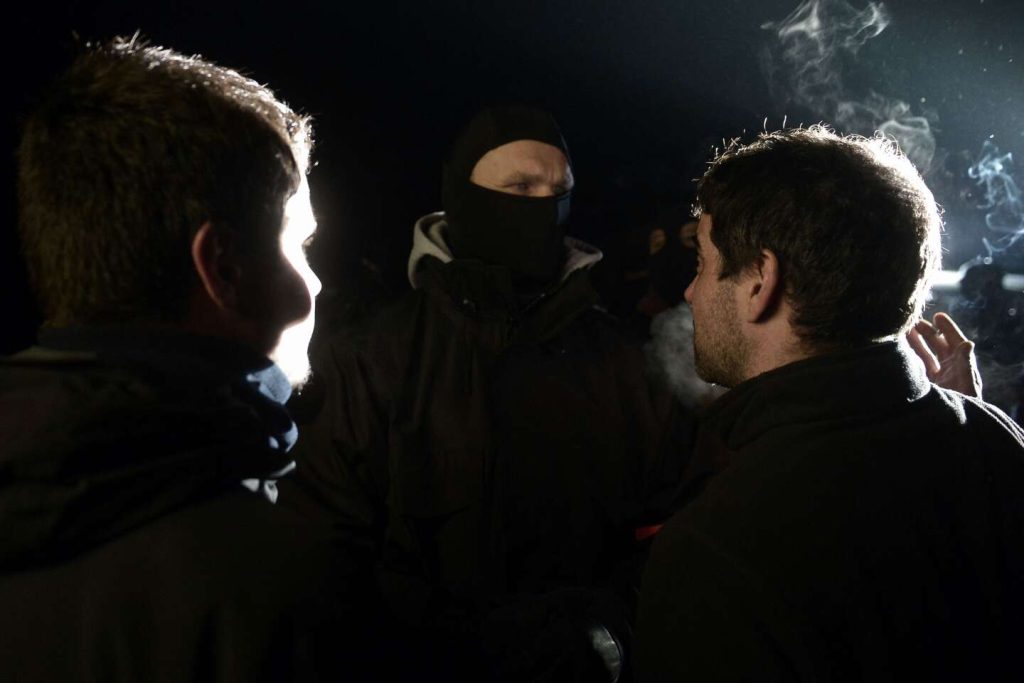On December 16, 2016, police raided a house in Louhossoa, located near Bayonne in the Pyrénées-Atlantiques region, based on intelligence likely provided by Spanish sources to the French domestic intelligence agency, DGSI. Inside the house, they discovered a significant amount of explosives, including 6.5 kg of pentrite, along with detonators and firearms. This arsenal was sufficient to reinitiate armed conflict in the Basque Country, which had been dormant since the ETA declared a permanent ceasefire in 2011. However, the investigators also found evidence suggesting that the operation was actually aimed at disarming and neutralizing a portion of the ETA’s arsenal without coordination with the authorities.
The individuals present at the house, including Jean-Noël Etcheverry, Stéphane Etchegaray, and Michel Bergouignan, claimed they had initiated direct talks with the ETA to convince them to surrender their weapons in order to prevent a resumption of the civil war. Frustrated with the lack of progress in the disarmament process and the perceived inaction of the French government, they took matters into their own hands. They planned to create a video of the disarming process, notify the authorities, and offer to dismantle the entire ETA arsenal. Despite estimating that only 15% of the ETA’s weapons were seized, they refused to disclose the identities of their contacts or the locations of other weapon caches.
The individuals involved in the operation believed that the situation in the Basque Country required a political solution rather than legal action. They felt that the ongoing arrests of ETA members and the government’s policy towards Basque political prisoners could lead to a resurgence of armed conflict if the weapons remained in circulation. Their goal was to prevent a potential armed dissidence by proactively addressing the issue of the hidden arsenal. They saw themselves as “artisans of peace” working towards a peaceful resolution through their direct dialogue with the ETA.
During their interrogations, the suspects maintained their stance that their intentions were peaceful and aimed at preventing violence. They claimed that they had tried to engage in negotiations with the ETA for the sake of disarmament and peacebuilding. Despite facing criminal charges for possession of weapons and explosives, they argued that their actions were motivated by a genuine desire to facilitate the disarmament process and avoid further bloodshed in the region. Their focus was on creating a visual representation of their efforts to disarm the ETA and communicate this to the government authorities.
The arrests and subsequent legal proceedings highlighted the complexities of addressing the legacy of armed conflict and separatism in the Basque Country. The involvement of civil society actors in the disarmament process underscored the importance of grassroots initiatives in conflict resolution. The incident raised questions about the role of the state in managing post-conflict transitions and the challenges of engaging with armed groups seeking to relinquish their weapons. Ultimately, the case of the Louhossoa operation demonstrated the delicate balance between security concerns and peacebuilding efforts in conflict-affected regions.


